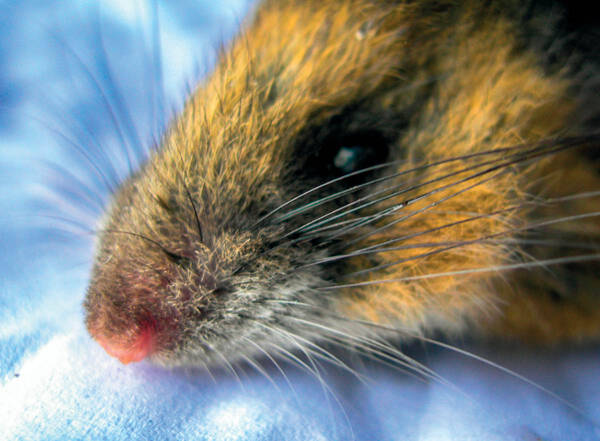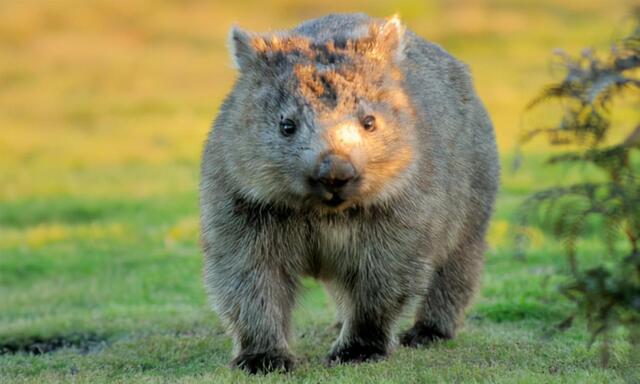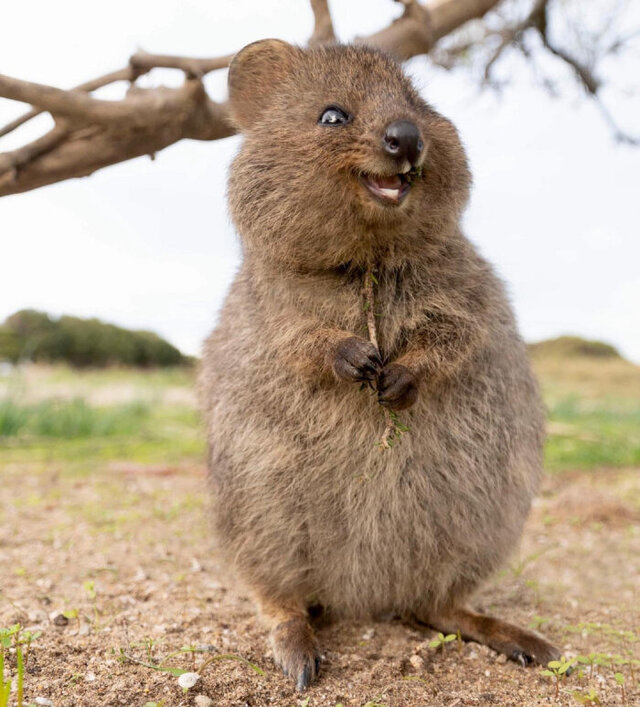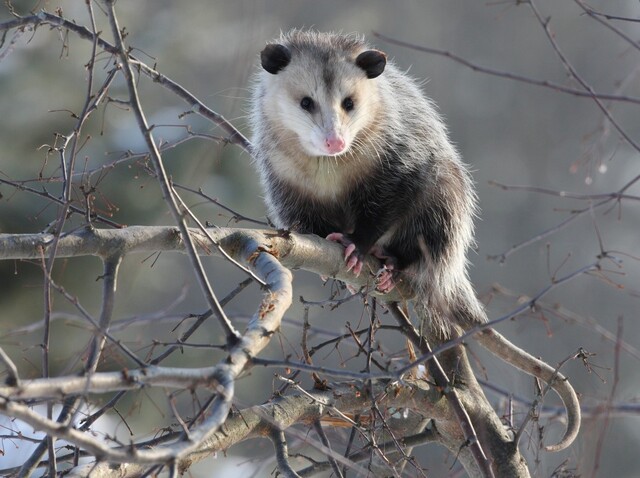Niviventer eha
IUCN
LCBasic Information
Scientific classification
- name:Niviventer eha
- Scientific Name:Niviventer eha,Niviventer eha eha,Niviventer eha ninus
- Outline:Rodents
- Family:Rodentia Muridae Rattus
Vital signs
- length:160-190mm
- Weight:
- lifetime:
Feature
There is a black band around the eyes, like the facial makeup of Peking Opera, which is also quite special.
Distribution and Habitat
In China, it is distributed marginally in the southern part of Tibet, the western part of Yunnan, and the junction of India, Nepal, and Myanmar. Abroad, it is distributed in Nepal, India, and Myanmar.
It is a white gray mouse that is widely active in farmland. Tropical and subtropical jungles.
Appearance
It looks like a rat, and its size is basically the same as that of a rat. However, the hair on its abdomen is gray at the base, and the tips are grayish white, with the entire color being gray. This is the only one in the genus Albizia that is consistent with the Brahma rat, but the Brahma rat is larger. The average body length of the gray rat is about 120mm. The tail is longer than the body length, 160-190mm, about 150% of the body length. There is a black band around the eye, which looks like a Peking Opera mask, and is also quite special. The teeth are consistent with the northern rat.
Details
Gray-bellied rat belongs to the Murinae subfamily. The classification status is stable and undisputed. However, the differentiation of subspecies needs further study. It is a forest animal of medium and high altitudes, and the population is large in suitable habitats.

Main uses and values: ornamental, release.
Environmental protection and ecological uses.
This species has been included in the "List of Terrestrial Wildlife with Important Economic and Scientific Research Value under State Protection" issued by the State Forestry Administration of China on August 1, 2000.
Listed in the 2013 Red List of Endangered Species of the World Conservation Union (IUCN) ver3.1--Low Risk (LC).
Protection and preservation status: survival in the wild









